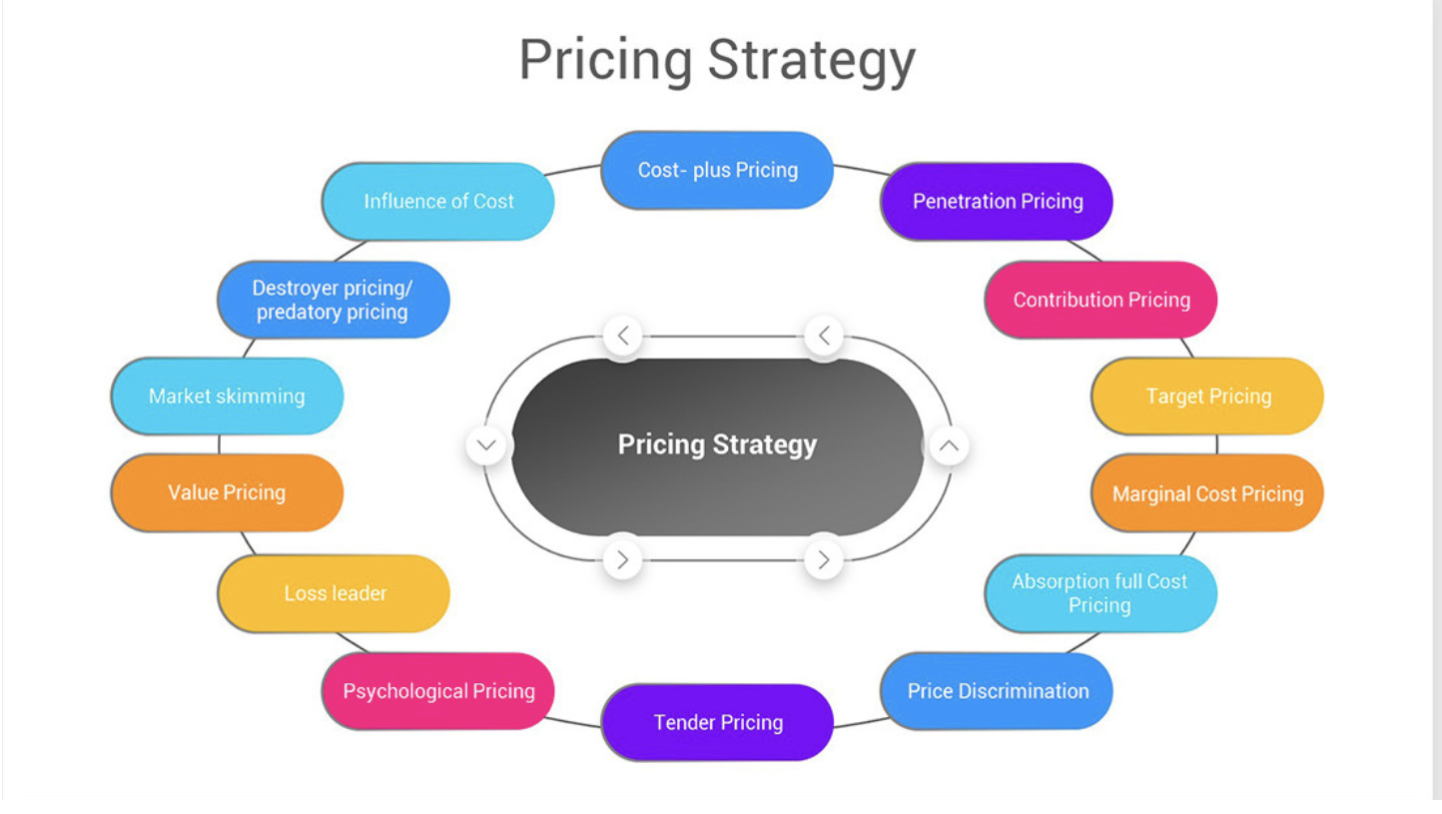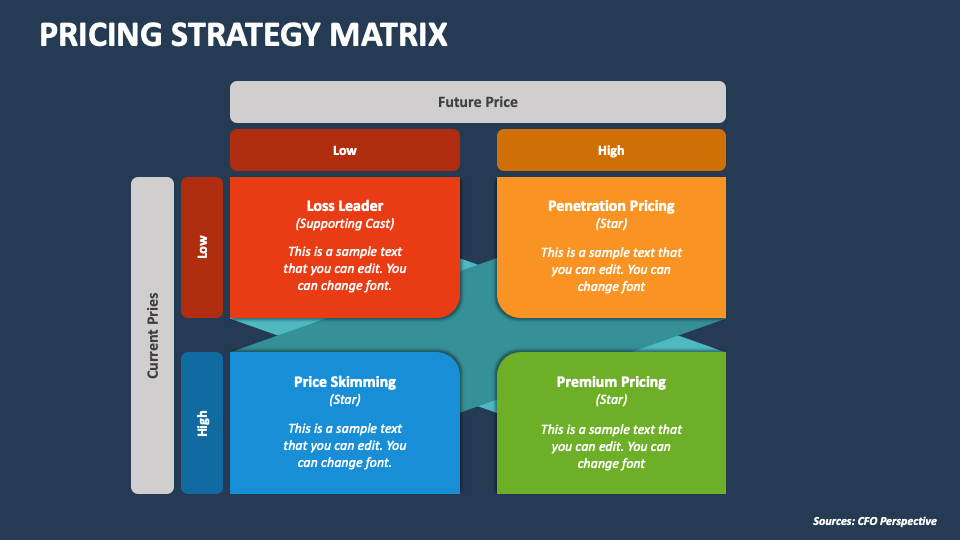Comprehending Prices Approaches: An Overview to Boosting Competition
In an increasingly competitive landscape, understanding prices approaches is important for organizations intending to boost their market position. Recognizing competitor pricing and the mental aspects that impact consumer behavior can develop a nuanced method to pricing that resonates with target audiences.
Significance of Rates Methods
In the competitive landscape of company, the importance of rates approaches can not be overemphasized. Pricing offers as an important lever for services, influencing both market positioning and customer assumption. A distinct pricing approach can improve profitability, drive sales, and develop an one-upmanship.

Understanding consumer behavior is essential in crafting pricing approaches. Insights right into price level of sensitivity, viewed value, and affordable offerings allow companies to adapt their rates designs as necessary. Furthermore, routine analysis of prices performance is essential to reply to market dynamics and customer trends.
Eventually, a robust rates technique is indispensable not just for income generation yet also for lasting service viability. It forms brand name identity, influences client commitment, and plays a critical role in the total advertising approach. Organizations must invest time and resources in creating and fine-tuning their rates approaches to thrive in an ever-evolving marketplace.
Kinds Of Pricing Designs
Just how do businesses establish the most effective way to value their items or solutions? The solution lies in understanding different prices versions, each suited to various market problems and business objectives.
One prevalent design is cost-plus prices, where a set percent is contributed to the overall expense of production. This approach makes certain that all prices are covered while creating an earnings. Alternatively, value-based pricing concentrates on the perceived value of the product to the consumer, permitting organizations to bill a premium based on customer demand and satisfaction.
One more approach is vibrant rates, generally used in markets such as travel and hospitality. This version changes rates in real-time based upon market demand, competitor prices, and other exterior aspects. Penetration rates is likewise considerable, where businesses initially set lower rates to go into a competitive market and gain market share, later increasing rates when a customer base is established.
Last but not least, skimming rates includes establishing high first prices for brand-new or ingenious items, profiting from early adopters prior to decreasing costs over time. Recognizing these designs allows companies to purposefully place themselves in the marketplace, straightening their pricing approaches with their overarching goals.

Analyzing Rival Prices
Comprehending rival prices is an essential aspect of formulating an efficient rates approach. Organizations has to original site perform complete analyses of their rivals' prices structures to identify market positioning, assess prospective risks, and uncover possibilities for distinction. This entails gathering data on rivals' costs, marketing strategies, and any type of discounts or motivations they use.
Evaluate their rates designs, consisting of any tiered prices systems, membership costs, or bulk discount rates - Pricing Strategy. Understanding the reasoning behind these pricing methods can provide insights into customer behavior and choices.
It is also important to keep track of adjustments in competitor prices regularly. Market characteristics can shift quickly, and remaining educated enables services to adjust their techniques proactively. Take into consideration the implications of rival prices on your worth proposal. If rivals supply comparable products at reduced rates, you might require to highlight unique selling points or improve client service to justify your pricing.
Inevitably, analyzing competitor prices not only notifies pricing choices however also helps businesses continue to be competitive in a frequently advancing market landscape.
Emotional Rates Techniques
Emotional pricing strategies take advantage of consumer psychology to influence acquiring choices and improve the regarded value of items. One typical method is beauty prices, where rates are established simply below a round number, such as $9.99 rather of $10.00.
One more effective technique is prestige prices, where higher costs are linked with higher high quality. This technique interest consumers' need for standing and exclusivity, positioning products as exceptional offerings. Additionally, bundling products with each other at a reduced price can develop a sense of value, triggering customers to buy greater than they originally planned.
Shortage pricing, which highlights restricted accessibility or time-sensitive deals, can likewise cause seriousness, pushing customers to act swiftly. By recognizing and using these mental prices strategies, businesses can effectively shape consumer assumptions, drive sales, and ultimately enhance competitiveness out there.
Implementing and Adjusting Approaches

Once data is collected, companies must review their pricing models against current market problems. This might entail taking on dynamic pricing methods that permit real-time modifications based upon supply and need variations. Organizations should also think about segmenting their market to customize costs for various client teams, improving perceived worth and driving sales.
Frequently examining prices methods is important. This can be achieved through A/B testing or consumer responses, which supplies home insights right into the performance read more of existing rates. In addition, businesses should remain adaptable to adjust to unpredicted modifications, such as economic declines or arising competitors.
Final Thought
To conclude, efficient rates strategies serve as a critical part for organizations intending to enhance competition in a changing market. By leveraging numerous pricing models, assessing rival rates, and using mental techniques, companies can better place themselves and interact value to customers. Regularly readjusting these strategies in feedback to market dynamics and customer habits is vital for ensuring long-lasting sustainability and profitability, eventually driving sales and fostering client loyalty.
In a significantly competitive landscape, grasping rates techniques is necessary for services intending to improve their market placement. Understanding competitor prices and the mental elements that influence consumer behavior can produce a nuanced strategy to prices that reverberates with target audiences.Understanding competitor prices is an essential aspect of developing an effective prices method. Assess their pricing models, consisting of any type of tiered prices systems, registration costs, or bulk discounts. By leveraging different pricing models, examining rival rates, and using emotional methods, companies can better position themselves and communicate value to consumers.